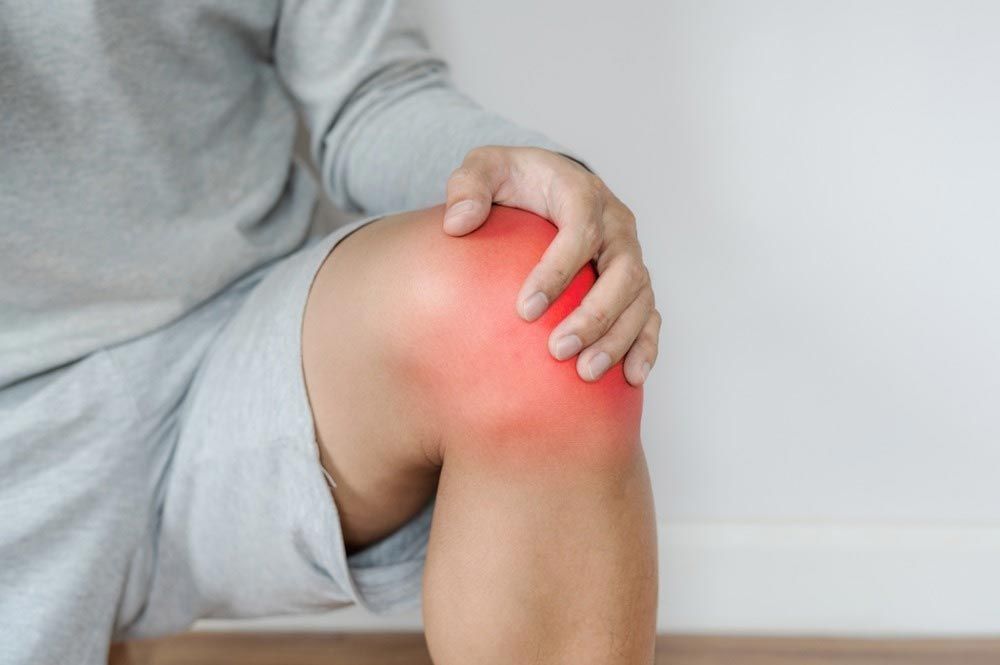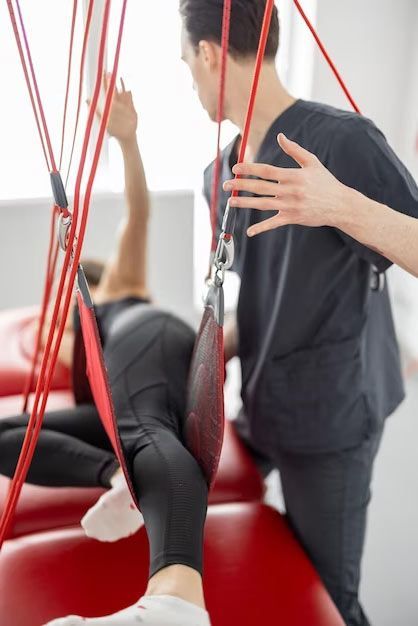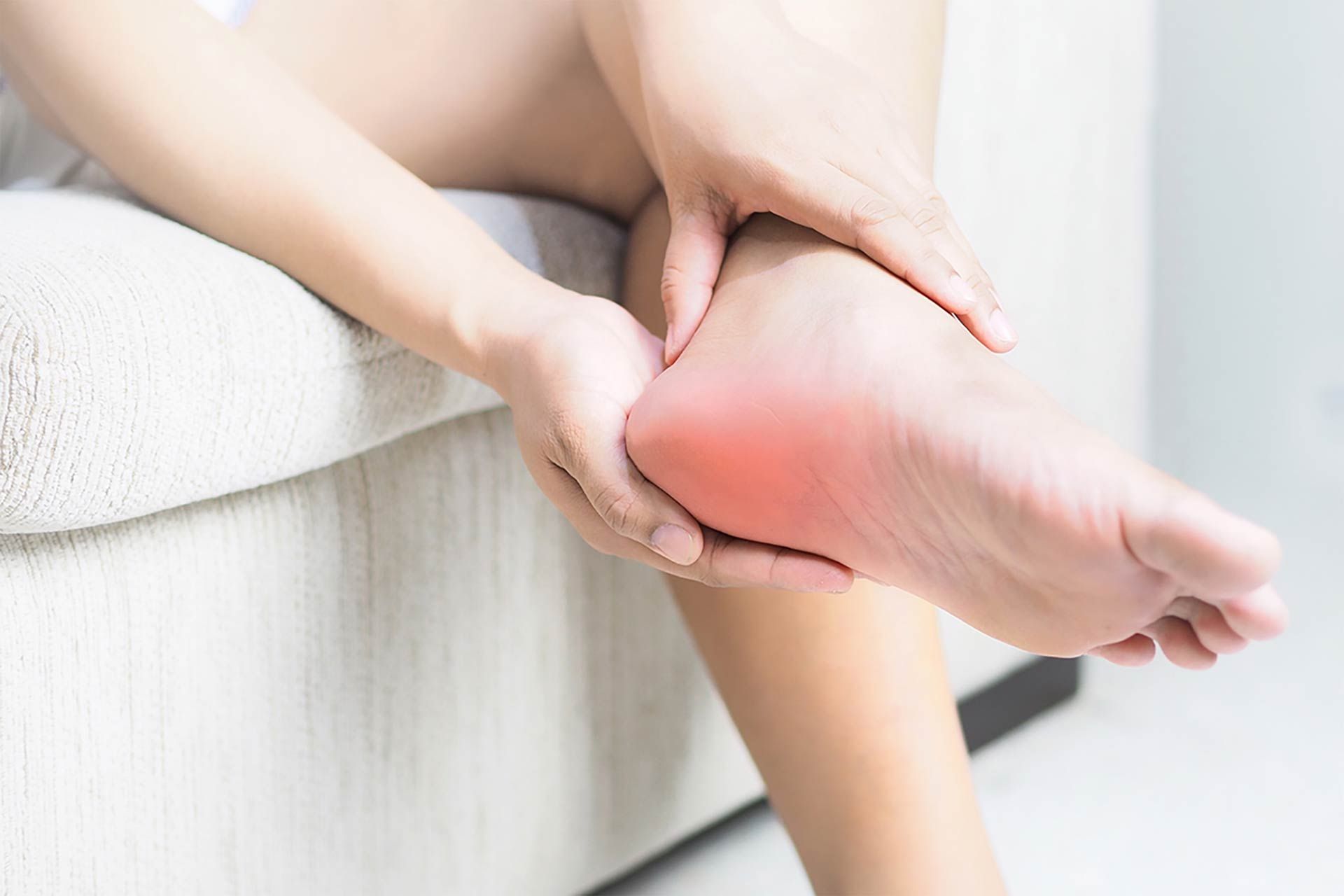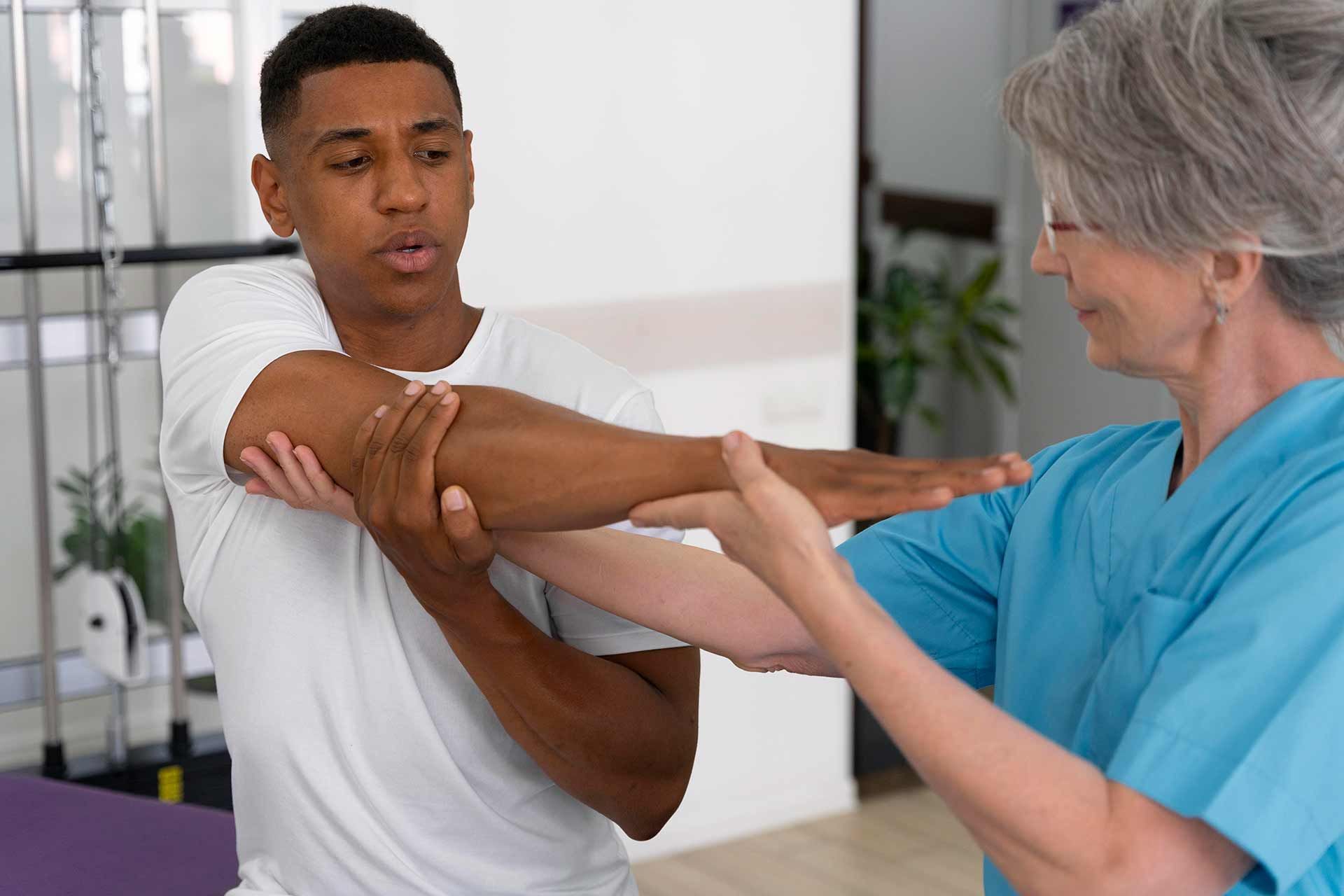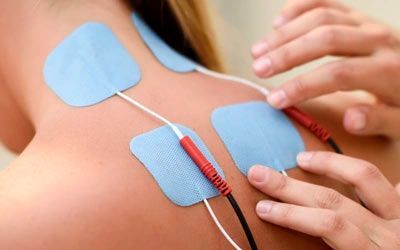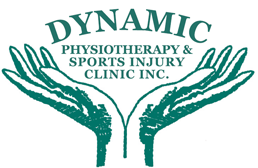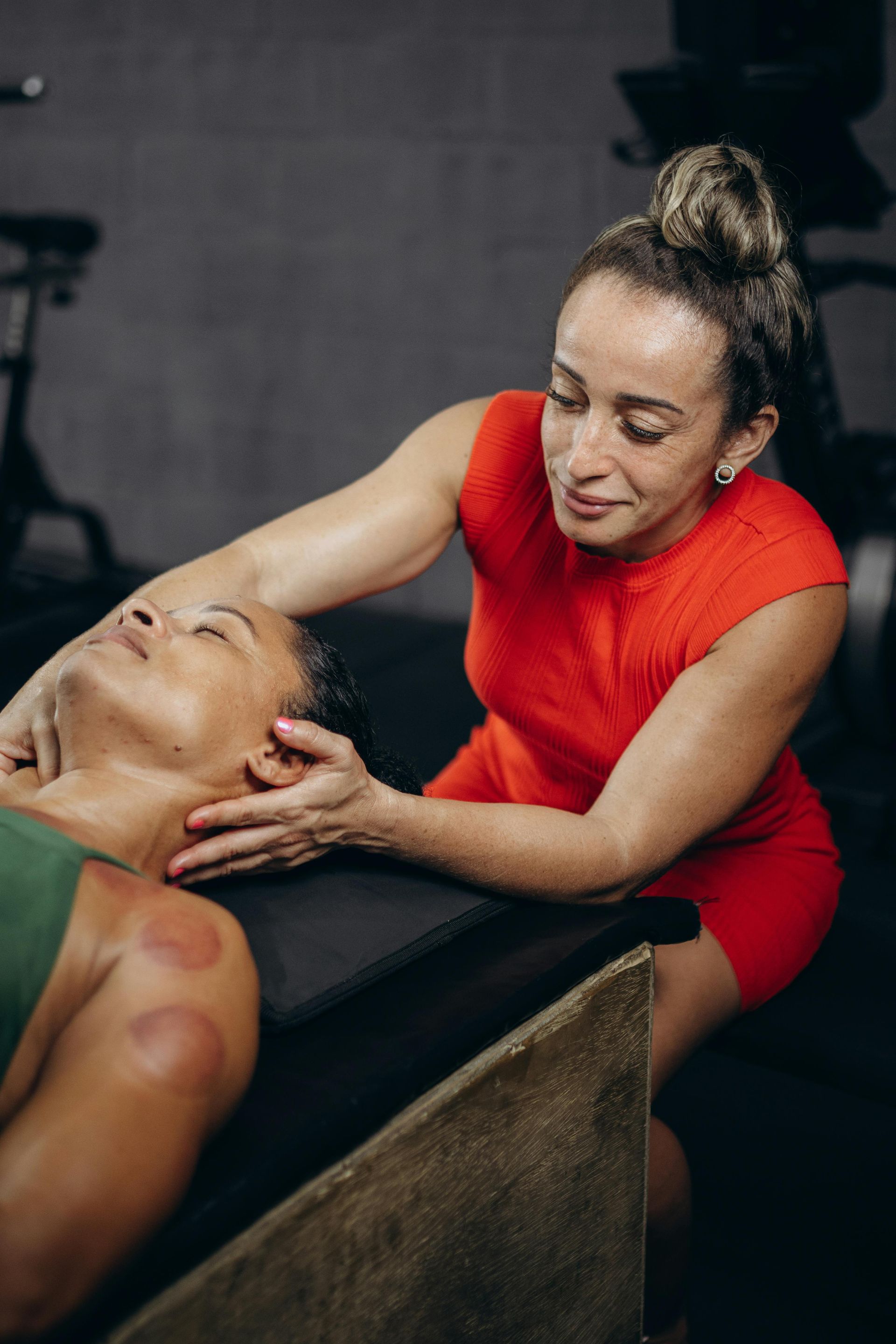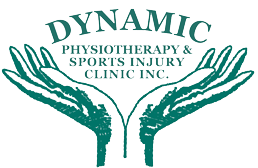Arthritis is a common condition that affects millions of people worldwide. Characterized by
inflammation of the joints, arthritis can lead to pain, stiffness, and decreased mobility,
significantly impacting the quality of life. While there is no cure for arthritis, physiotherapy and
acupuncture can be powerful tools in managing its symptoms, helping patients maintain mobility,
reduce pain, and improve their overall function.
In this blog, we’ll explore how physiotherapy and acupuncture can play a crucial role in
managing arthritis symptoms, the specific techniques used, and why it should be an essential
part of any arthritis treatment plan.
Understanding Arthritis
Arthritis is not a single disease but a term that encompasses over 100 different types of joint
conditions. The most common types of arthritis include:
1. Osteoarthritis (OA):
Often referred to as “wear and tear” arthritis, OA occurs when the cartilage that cushions the
ends of bones in your joints gradually deteriorates. This leads to pain, swelling, and decreased
movement in the affected joints.
2. Rheumatoid Arthritis (RA):
RA is an autoimmune disorder that causes the immune system to attack the lining of the joints,
leading to inflammation, pain, and joint damage. Unlike OA, RA can affect multiple joints
throughout the body.
3. Psoriatic Arthritis:
This form of arthritis affects some people who have psoriasis, a skin condition. It causes joint
pain, stiffness, and swelling, and can affect any part of the body, including the fingertips and
spine.
4. Ankylosing Spondylitis:
A type of arthritis that primarily affects the spine, causing inflammation of the spinal joints. Over
time, it can lead to the fusion of the vertebrae, resulting in a rigid spine.
Regardless of the type, arthritis can be debilitating, but physiotherapy and acupuncture offer a
range of benefits that can help manage the symptoms effectively.
How Physiotherapy and Acupuncture Helps Manage Arthritis Symptoms
Physiotherapy is a non-invasive treatment approach that focuses on improving movement and
function while reducing pain and stiffness in the joints. Acupuncture uses fine needles placed
optimally to help reduce symptoms of arthritis. Here’s how physiotherapy and acupuncture can
help manage arthritis symptoms:
1. Pain Relief:
One of the primary goals of physiotherapy or acupuncture is to reduce pain in the affected joints.
Techniques such as physical modalities, manual therapy, ultrasound, insertion of fine needles
and heat/cold therapy can help alleviate pain by improving blood flow, reducing inflammation,
and relaxing tense muscles.
2. Improved Mobility and Flexibility:
Arthritis often leads to stiffness in the joints, making it difficult to move freely. Specific exercises
and stretches to improve the range of motion in the affected joints can help patients regain
flexibility and ease of movement. Reducing inflammation can also benefit range of motion and
increase mobility.
3. Strengthening Muscles:
Strong muscles are essential for supporting the joints and reducing the strain on them.
Physiotherapy includes exercises that target the muscles around the affected joints, helping to
strengthen them and improve overall joint stability.
4. Joint Protection Techniques:
Physiotherapists teach patients how to protect their joints during daily activities. This may
include using assistive devices, modifying movements to reduce stress on the joints, and
learning proper body mechanics to prevent further damage.
5. Posture and Alignment Correction:
Poor posture can exacerbate arthritis symptoms by placing additional stress on certain joints.
Physiotherapy focuses on improving posture and alignment to reduce strain on the joints and
prevent further deterioration.
6. Balance and Coordination Training:
Arthritis can affect balance and coordination, increasing the risk of falls. Physiotherapists use
specific exercises to improve these areas, helping patients maintain their independence and
reduce the risk of injury.
Specific Physiotherapy Techniques for Arthritis
Physiotherapy for arthritis is tailored to the individual’s specific needs and the type of arthritis
they have. Here are some of the most common techniques used:
1. Range of Motion Exercises:
These exercises are designed to improve the flexibility of the joints and reduce stiffness. They
involve gentle movements that take the joint through its full range of motion.
2. Strengthening Exercises:
Strengthening exercises target the muscles around the affected joints. These exercises may
involve resistance bands, weights, or body-weight exercises like squats or lunges.
3. Aquatic Therapy:
Water-based exercises are particularly beneficial for arthritis patients because the water
provides resistance while also supporting the body, reducing the strain on the joints. Aquatic
therapy can improve strength, flexibility, and cardiovascular fitness.
4. Manual Therapy:
Manual therapy involves hands-on techniques such as massage, joint mobilization, and
manipulation to improve joint function, reduce pain, and increase mobility.
5. Heat and Cold Therapy:
Applying heat can help relax muscles and improve blood flow to the affected area, while cold
therapy can reduce inflammation and numb the pain. Physiotherapists may use a combination
of these therapies to manage arthritis symptoms.
6. Ultrasound Therapy:
Ultrasound therapy uses sound waves to generate heat deep within the affected tissues, which
can help reduce pain, improve circulation, and promote healing.
7. Education and Self-Management:
Education is a key component of physiotherapy for arthritis. Patients are taught about their
condition, how to manage their symptoms at home, and strategies to protect their joints during
daily activities.
The Benefits of Physiotherapy and Acupuncture for Arthritis
The benefits of incorporating physiotherapy as well as acupuncture into an arthritis treatment
plan are numerous, making it a vital part of managing the condition:
1. Reduced Pain and Stiffness:
Regular physiotherapy or acupuncture can help manage pain and reduce stiffness, allowing
patients to move more freely and comfortably.
2. Enhanced Joint Function:
By improving strength, flexibility, and range of motion, physiotherapy enhances the overall
function of the joints, making it easier to perform daily tasks.
3. Improved Quality of Life:
With reduced pain and improved mobility, patients often experience a significant improvement in
their quality of life, allowing them to enjoy activities they may have previously avoided due to
discomfort.
4. Prevention of Further Damage:
Physiotherapy teaches patients how to protect their joints, reducing the risk of further damage
and the progression of the disease.
5. Non-Invasive Treatment:
Physiotherapy offers a non-invasive alternative to surgery or medications, with fewer side
effects and long-term benefits. Acupuncture involves insertion of fine needles into targeted
acupuncture points that in most cases are relatively painless.
What to Expect from a Physiotherapy Program for Arthritis
If you’re considering physiotherapy as part of your arthritis treatment plan, here’s what you can
expect:
1. Initial Assessment:
Your physiotherapy journey will begin with an initial assessment where the physiotherapist will
evaluate your condition, including the severity of your arthritis, your range of motion, strength,
and any specific challenges you face.
2. Personalized Treatment Plan:
Based on the assessment, the physiotherapist will create a personalized treatment plan tailored
to your specific needs. This plan will likely include a combination of exercises, manual therapy,
and education.
3. Regular Sessions:
Physiotherapy for arthritis typically involves regular sessions, especially in the early stages of
treatment. These sessions will focus on managing your symptoms, improving joint function, and
educating you on self-management techniques.
4. Home Exercise Program:
In addition to in-clinic sessions, your physiotherapist will likely provide you with a home exercise
program. This is crucial for maintaining progress between appointments and ensuring long-term
success.
5. Ongoing Monitoring and Adjustments:
As you progress, your physiotherapist will continuously monitor your condition and make
adjustments to your treatment plan as needed. This ensures that you are always working
towards your goals in the most effective way possible.
Who Should Consider Physiotherapy or Acupuncture for Arthritis?
Physiotherapy or Acupuncture are beneficial for anyone with arthritis, regardless of the severity
of their condition. Here are some situations treatment is particularly recommended:
1. Early-Stage Arthritis:
Starting physiotherapy or acupuncture early can help manage symptoms before they become
severe and prevent the progression of the disease.
2. Post-Surgery Recovery:
If you’ve had surgery related to arthritis, such as a joint replacement, physiotherapy is essential
for regaining mobility and function.
3. Chronic Pain:
If you’re experiencing chronic pain due to arthritis, physiotherapy and acupuncture can help
alleviate pain and improve your quality of life.
4. Mobility Issues:
If arthritis is affecting your ability to move freely, physiotherapy can help improve your range of
motion and strengthen the muscles around your joints.
Conclusion
Arthritis is a challenging condition that can significantly impact your life, but with the right
management strategies, you can maintain mobility, reduce pain, and improve your overall
quality of life. Physiotherapy is a proven, non-invasive approach that offers a range of benefits
for arthritis patients, making it an essential component of any comprehensive treatment plan.
Acupuncture is very helpful in reducing inflammation swelling and pain quickly, leading to
increased range of motion
At Dynamic Physiotherapy in Mississauga, we are committed to helping our patients manage
arthritis symptoms through personalized programs tailored to their specific needs. Our
experienced team of physiotherapists and acupuncturists will work with you to develop a plan
that addresses your unique challenges and helps you achieve your health goals.
If you’re living with arthritis and want to explore how physiotherapy or acupuncture can help,
don’t hesitate to contact us today. Let us help you take the first step towards a more active,
pain-free life.
